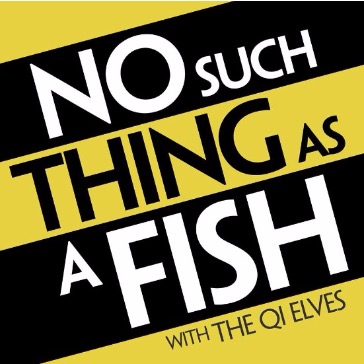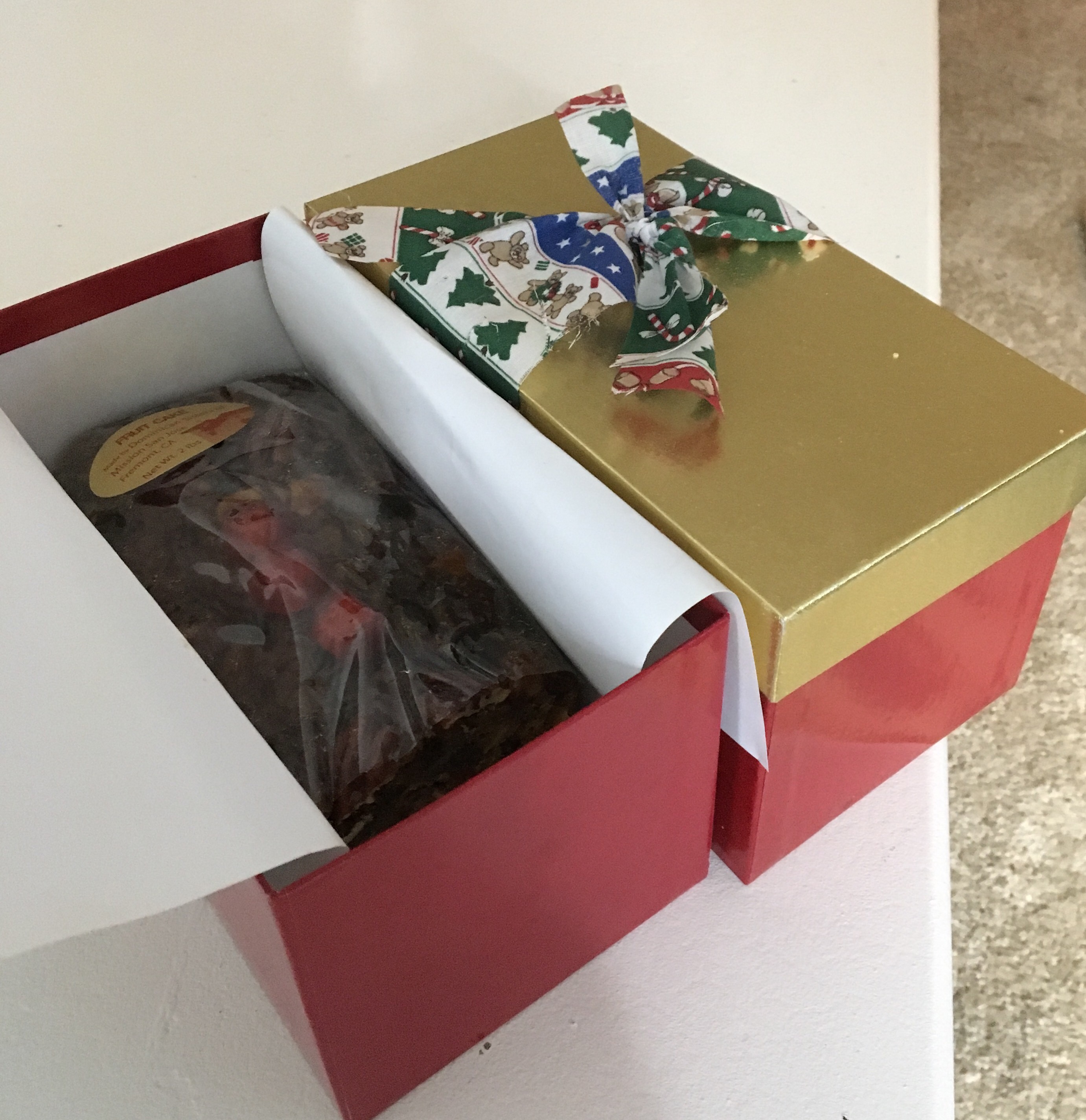 Though it might seem not in the spirit of Christmas to be criticizing well-intentioned projects and efforts, unless we are willing to be critical of mis-direction, we will not find the best direction for student learning. Yesterday I talked about my long time dislike for SmartBoards, a high priced product that was limited in its capabilities and even more limited by underutilization by teachers. It’s like the episode of Seinfeld where Jerry bought his father a PDA (remember PDAs), but the father only used the device as a tip calculator.
Though it might seem not in the spirit of Christmas to be criticizing well-intentioned projects and efforts, unless we are willing to be critical of mis-direction, we will not find the best direction for student learning. Yesterday I talked about my long time dislike for SmartBoards, a high priced product that was limited in its capabilities and even more limited by underutilization by teachers. It’s like the episode of Seinfeld where Jerry bought his father a PDA (remember PDAs), but the father only used the device as a tip calculator.
Today’s device is one that I once thought might be a valuable adddition to a classroom, and teachers seem to use it, but it seems to reinforce old models. So I add to the wall of shame…the document camera.
A document camera is simply what the name implies. A camera captures documents and other objects on a platform, and the images can appear on a computer screen or projector. The device allows a teacher to show “legacy” documents that aren’t in digital form, three-dimensional objects, or demonstrations. Though these devices originally were expensive (ranging from $700 -$900), but they have come down to $100 or less. Will falling prices, more and more schools have installed document cameras in classrooms.
However, when I see the device in operation, I often feel like we are taking a step back to the days of the overhead projector. I see few innovative uses and a lot of filling in paper worksheets and actually writing notes like we used to do in the board. Like an overhead, the device ties the teacher down to a “nest,” and the focus is on the platform and not the students.
Changing what is used but not what is done is a trap, and only through ongoing aggressive evaluation and question can we truly change education.
As always, I welcome your comments.







 Today we had our Christmas party for school leaders. It is traditional that I say a few words at the end of the event, so today’s post is a copy of my remarks (doing double duty). Those who have read this blog for many years may detect some themes that I’ve written about before, but I think these things are worth saying every year.
Today we had our Christmas party for school leaders. It is traditional that I say a few words at the end of the event, so today’s post is a copy of my remarks (doing double duty). Those who have read this blog for many years may detect some themes that I’ve written about before, but I think these things are worth saying every year.